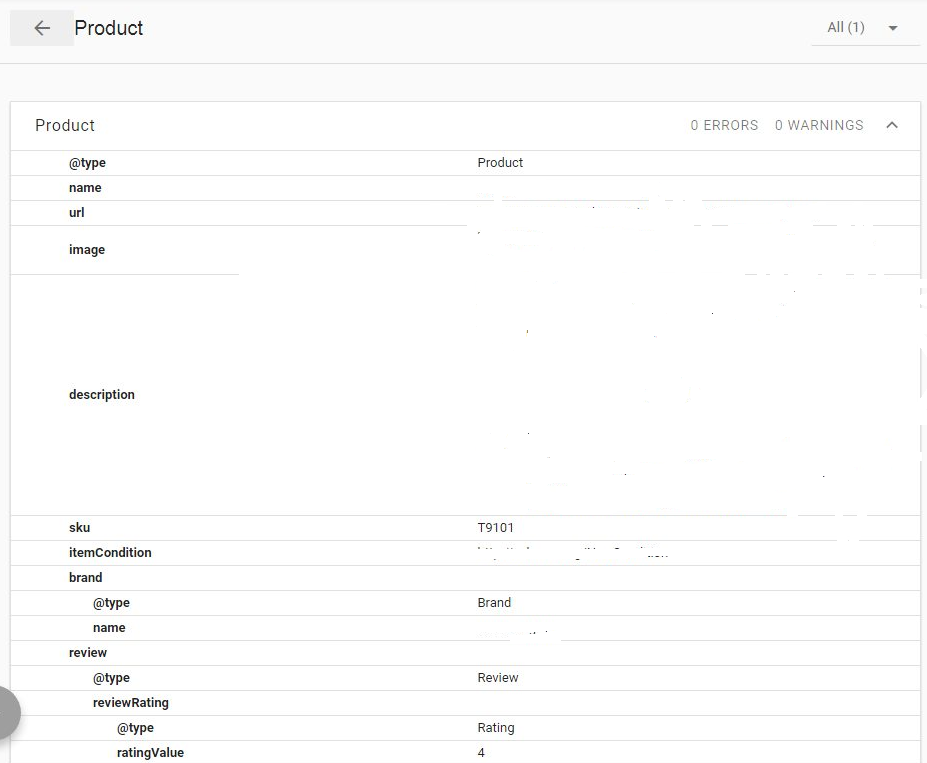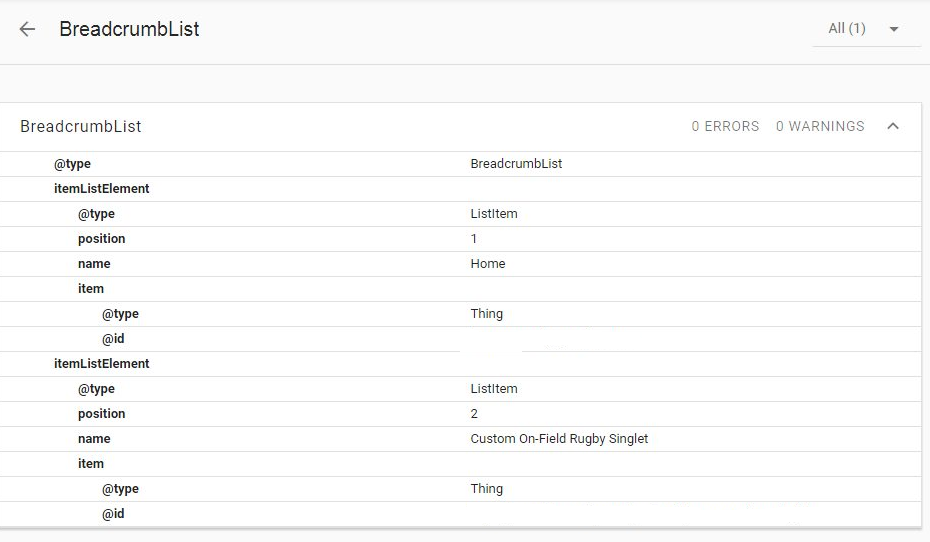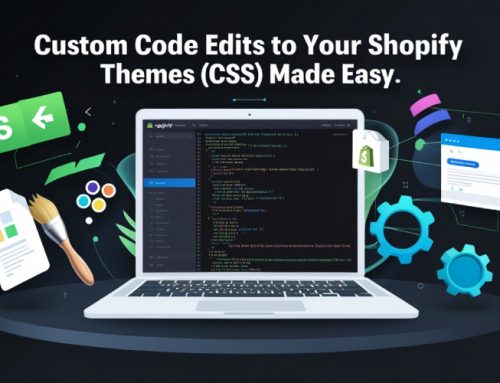Boost Your Shopify Product Pages with Strategic Schema Implementation
Unlock the Full Potential of Your Product Offerings with Expert SEO Schema Markup
At OSC Professionals, our team of skilled developers is dedicated to elevating your Shopify store’s SEO performance. We understand the critical role of schema markup in enhancing product visibility and driving organic traffic, and we’re here to guide you through the process.
Product Schema: The Cornerstone of Shopify SEO
When it comes to SEO on Shopify, product schema reigns supreme. This structured data format communicates essential product information to search engines, enabling them to:
- Better understand your products’ features and value.
- Display richer, more informative snippets in search results.
- Enhance the user experience with interactive elements and visual cues.
Key Product Information to Include in Schema Markup:
- Product name
- URL
- Image
- Description
- Price
- Availability
- SKU
- Review ratings (aggregate rating property)
Implementing SEO schema on a product page in shopify can help improve your website’s visibility in search engines and provide search engines with implementing structured data markup about your products. It can further enhance your Shopify store’s SEO performance.
Product Structured Data
It is generally considered the highest priority structured data type on shopify sites. This is because it marks up a lot of product data for search engines.
Here is the guide to implementing SEO schema on your shopify product pages:
Product information data such as:
- Product name
- URL
- Image
- Description
- Price
- Availability
- SKU
- Review Ratings
Our Developers Take the Technical Reins:
While schema implementation may seem daunting, our team confidently handles every step:
- Accessing the Shopify Admin Panel: We’ll begin by navigating to your store’s backend.
- Locating the Product Template File: We’ll identify the specific file responsible for product page layouts, typically named “product-template.liquid” or “main-product.liquid”.
- Strategically Placing the Schema Markup: We’ll insert the schema code, using JSON-LD format, in the optimal location within the template file, usually just before the closing tag.
- Customizing with Shopify Product Data: We’ll dynamically leverage Liquid variables to populate the schema with your unique product information.
- Thorough Validation: We’ll utilize Google’s Structured Data Testing Tool or similar resources to ensure error-free implementation.
Example:
<script type="application/ld+json">
{"@context":"https://schema.org/",
"@type":"Product",
"name":"}",
"image":"}",
"description":"}",
"sku":"}",
"brand":{
"@type":"Brand",
"name":"}"
},"offers":{
"@type":"Offer",
"priceCurrency":"}",
"price":"}",
"availability":"https://schema.org/}"
}}</script>
To verify that the schema markup is implemented correctly, you can use Google structured data testing tools like schema validator or any other similar tool to check errors and ensure the markup is valid.
It is essential to include the aggregate rating property in the structured data of products. As a result of this property, you will be able to see how many reviews there are on the page (review count) and what the average rating of the product is (rating value).
Search engines will also often display data other than the product directly in the SERPS, such as pricing information and reviews, as a result.
Breadcrumbs: Guiding Search Engines and Users Through Your Store
Breadcrumb schema serves as a roadmap for search engines, clarifying your website’s hierarchy and internal linking structure. This can lead to:
- Improved understanding of your site’s navigation.
- Enhanced categorization of your products.
- Potential boost in search rankings.
Our Developers Seamlessly Integrate Schema Markup
Here’s a Glimpse into Our Expert Schema Implementation Process
- Accessing Your Shopify Admin Panel: Our team begins by entering your store’s backend, where we have complete control over code and templates.
- Locating the Product Template File: Within the code editor, we pinpoint the specific file responsible for shaping your product pages’ layout. This file is typically named “product-template.liquid” or “main-product.liquid”.
- Identifying the Ideal Placement: We carefully select the optimal location within the template file to insert the schema markup. This placement is usually just before the closing tag, ensuring maximum visibility for search engines.
- Implementing JSON-LD Code: Our developers expertly integrate the schema markup code in JSON-LD format, which is the preferred method for providing structured data to search engines.
- Dynamically Populating with Product Data: To ensure accuracy and efficiency, we leverage Liquid variables to automatically populate the schema with your unique product information. This eliminates the need for manual data entry and guarantees consistency across all product pages.
- Rigorous Validation: We never compromise on accuracy. We utilize Google’s Structured Data Testing Tool or similar resources to meticulously verify the validity of the implemented schema markup. This ensures flawless communication with search engines and prevents any potential errors.
Once the schema markup is integrated, search engines can effortlessly comprehend your product details, leading to richer snippets, enhanced user experience, and potential ranking improvements in search results.
Example:
<script type="application/ld+json">
{"@context":"https://schema.org",
"@type":"BreadcrumbList",
"itemListElement":[
{"@type":"ListItem",
"position":1,
"name":"Home",
"item":"}"
}, {"@type":"ListItem",
"position":2,
"name":"}",
"item":"}"
}, {"@type":"ListItem",
"position":3,
"name":"}",
"item":"}"
} ] }</script>
This code generates a JSON-LD script that adds structured data to your product pages. It includes information such as the product name, image, description SKU, brand, price, availability and aggregate rating.
We can see from their schema that structured data is marked up with breadcrumb lists:
Sometimes implementing breadcrumb list structured data might help google better understand the site and how the categories and subcategories are interrelated.
Read this Blog and Find:- Improve SEO in Shopify
Benefits of Implementing Schema on Product Pages:
- Increased visibility in search results: Stand out from competitors with richer product snippets that attract clicks.
- Improved click-through rates (CTR): Enhanced product information in search results entices more users to visit your store.
- Potential for higher rankings: Search engines favour websites that provide clear, structured data.
- Better user experience: Facilitate easier navigation and product discovery within your store.
Unlock SEO Success for Your Shopify Products
Keep your products hidden in the vast expanse of online stores. Contact our Shopify SEO experts today to implement schema markup and ignite your product pages’ visibility in search results.
Looking For Expert Shopify Seo Services And Other Services Get In Touch














